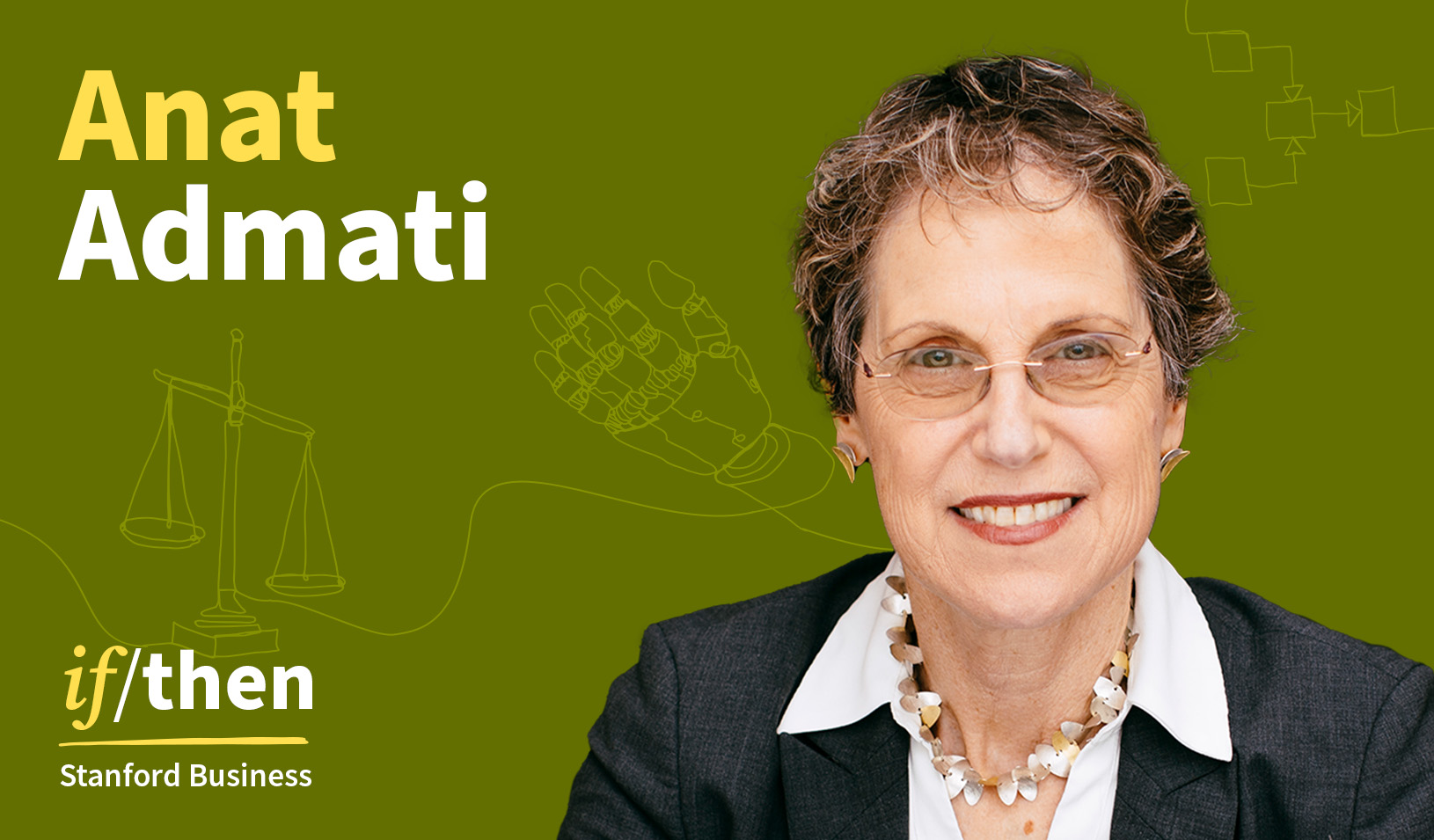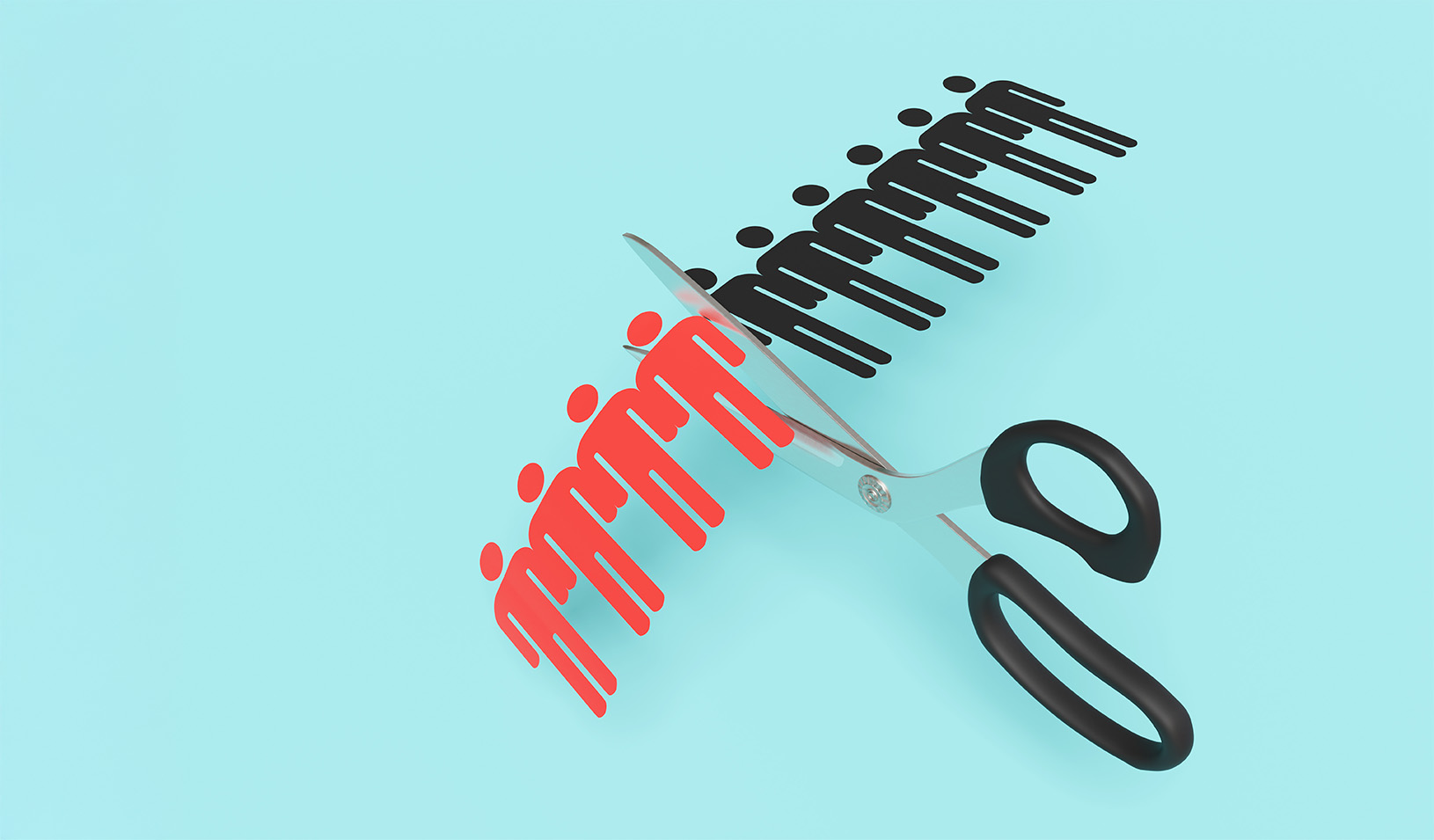
The outsize political influence of elite donors, whose views tend to be more extreme than that of mainstream voters, partly explains why political polarization is on the rise. | Illustration by Alvaro Dominguez
In November 2012, newly elected Democratic members of the United States Congress got about a week to savor their victories. Then, the Democratic Congressional Campaign Committee advised them to start hitting the phones for 3-4 hours per day. Who were they supposed to be calling? Mainly, elite donors — the fewer than 1% of Americans who give candidates more than $200 in any given election cycle.
It isn’t news that politicians court elite donors or that elite donors have greater political access and influence than the typical voter. But, as Stanford Graduate School of Business political economist Neil Malhotra points out in an article recently published in Public Opinion Quarterly, “we know remarkably little about what they actually want from government.”
This is a particularly relevant issue during the current, seemingly endless, election cycle, in which the battle for control of the executive and legislative branches of the federal government is unusually contentious and fraught with implications for the future of the nation.
Malhotra and his coauthor David Broockman, a former Stanford GSB professor who recently moved to the University of California, Berkeley, based their findings on a survey they conducted of 1,152 elite donors, who collectively contributed more than $17.2 million to election campaigns since 2008. That survey was performed for an earlier study aimed at understanding the political anatomy of tech entrepreneurs in Silicon Valley, whom they labeled “liberaltarians.”
The Extreme Views of the Donor Class
The main finding of the research is that the policy views of elite donors are more extreme than the views of partisan voters at large. They also vary widely by party.
“If you look at Republican donors,” explains Malhotra, “they have much more extreme views than ordinary Republicans on economic issues, such as taxation, the redistribution of wealth, and spending on social programs. For example, a good number of Republican voters want universal health care, but very few Republican donors want that. On the other hand, Republican donors and voters have very similar views on social issues, such as abortion and gay marriage. They are not out of line in that arena.”
Malhotra and Broockman found a similar pattern among Democratic donors and partisans, but in a mirror image. “Democratic donors are, if anything, a little more liberal on economic issues than Democratic partisans,” says Malhotra. “But their social views are much more liberal than partisans, especially when you look at issues like the death penalty.”
Interestingly, both Democratic and Republican donors are more pro-globalization when it comes to issues such as immigration and free trade than the average voter in their respective parties. “Republican donors are not pro-free trade or pro-immigration per se, just more pro-free trade and pro-immigration than Republican voters. I will say, though, since 2016, when Trump became the nominee, Republican donors are more anti-free trade than ever,” adds Malhotra. “Democratic donors are the most pro-globalization group in the sample.”
How Donors Polarize
This research combined with the outsize political influence of elite donors may explain one reason why political polarization is on the rise. It also helps explain why Republican and Democratic politicians sometimes pursue legislation and policies that run counter to the wishes and interests of the voters who elected them.
In fact, Malhotra and Broockman found, when it comes to economic issues, the gap between the views of Republican donors and Republican voters is wider than the gap between Republican and Democratic voters. Likewise, the gap between the views of Democratic donors and Democratic voters vis-à-vis social issues is wider than the gap between the views of Democratic and Republican voters.
“Oftentimes,” says Malhotra, “the Republican Party pushes very economically conservative policies that, according to polling data, Republican voters don’t support. And if you look at the Democratic Party, its politicians are talking about social and cultural policies that most of its base does not support — the regular voters in that party are much more socially moderate than the elite donors.”
This seemingly contradictory behavior extends to globalization policy. “You see this divide in which politicians are pushing for free trade agreements or immigration liberalization, things for which there is less support among voters,” says Malhotra.
“So, if you put this together,” he adds, “I would say there is this soft populism among voters overall, which tends to be more economically liberal and socially moderate. Whereas the elite donors are more libertarian in some ways — more economically conservative and more socially liberal than the base of their parties.”
Elite Donors and the 2020 Election
Broockman and Malhotra’s research suggests that, whatever the outcome of the 2020 election, the winning party is likely to make policy decisions that in many cases run counter to the wishes of their core constituencies.
“If the Republicans maintain control, you’d expect increased attempts to push economically conservative policies that are very unpopular among the public, because the Republican donor class is pushing them,” explains Malhotra. “The 2017 tax bill was the perfect example. When Republican voters were asked if they agreed with specific portions of this bill, most of them didn’t. But the bill passed anyway. So, you can imagine very similar pieces of legislation around health care and issues like that.”
“I also think it’s quite telling that there was no massive infrastructure jobs package passed in Trump’s first term, even though that was a big part of the campaign. That’s because it wasn’t popular with elite donors, unless they stood to benefit directly.”
And if Biden wins the presidency and the Democrats get control of Congress? “We might see a situation in which there is no donor blockage of economically liberal legislation,” says Malhotra. “So, things like Medicare for all and massive legislative efforts to address climate change would have pretty good chances of passing. We might expect to see judicial nominees with very, very socially liberal records, too, because elite donors have a lot of influence over that.”
The Impact of Small Donations
For those who are disheartened by the outsize political influence of elite donors, no matter what their policy views, Malhotra suggests one emerging trend to watch: small donors, who could make elite donors less influential, thanks to digital technologies.
“The big thing that has emerged on the Democratic side is the rise of the small donor,” he says. “You have organizations that are able to raise large amounts of money in small donations very quickly. For example, after Ruth Bader Ginsburg died, all these small donations came into the party through Act Blue and other sites. This suggests that the Democratic Party could become the party of faceless minor donors.”
The power of small donors is not in the size of the individual donation, because $20 in and of itself is not going to buy influence. Nonetheless, it is a strong expression of motivation and passion.
“Let’s say you make something like $30,000 a year and you are motivated to give a $20 non-tax-deductible donation,” says Malhotra, “that’s not cheap talk. Maybe the parties will start to think about how they can leverage these people who are willing to give up $20 of their hard-earned money. That is a very different view of donation than one in which candidates are dialing for dollars from elite donors, who, in turn, may expect a return on their investment in access or policy.”
For media inquiries, visit the Newsroom.






